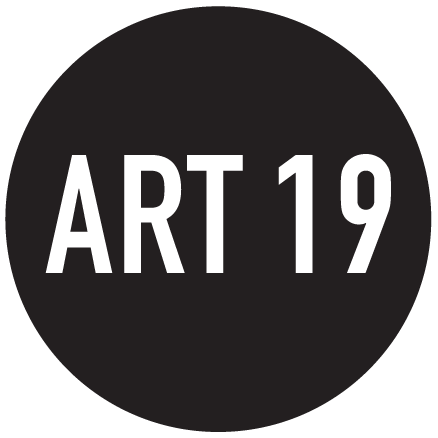Forbes: Web-Spinning Artist Chiharu Shiota Creates Moving And Haunting Installations Out Of Wool
Text by : Y-Jean Mun-Delsalle, Contributor Arts
Uncertain Journey, 2019, metal frame and red wool installation, Mori Art Museum, Tokyo, Japan
PHOTO SUNHI MANG. COURTESY OF MORI ART MUSEUM, TOKYO © VG BILD-KUNST, BONN, 2020, AND THE ARTIST
For the past two decades, Chiharu Shiota has created entire universes woven from pieces of string, which has become her signature medium in the making of deeply moving, haunting and poetic large-scale environments interspersed with found objects like shoes, dresses, book pages, suitcases, bed frames, windows and doors. Encountering the Berlin-based Japanese artist’s somewhat autobiographical work is like entering another dimension: we can imagine ourselves inside a monumental spider’s web, under a giant sail, in a cave or under ocean waves. Manifestations of her feelings and interior battles, her works are physical and emotional experiences that are at once personal and collective, spaces of truth and memory. A storyteller sharing the important moments of her life, she turns her most intimate thoughts, experiences and fears into art, investing her body and soul in her interventions. “My art is very personal,” she discloses. “All my art begins with an experience or emotion, and then I expand this feeling into something universal. However, not everyone can see this when they visit my installations. Some might feel connected and recognize the feeling that the work expresses, but others don’t. Even though we are connected, these feelings are very individual. Art is for the individual, and during this time of social distancing, people are more alone and in their individual homes. I don’t think art needs to be this special connection, but art is for the individual person.”
In 2017, Shiota became profoundly aware of her mortality, subsequent to learning that her cancer had returned after 12 years in remission, making her realize how intimately connected life and death were. She recognized that her strength stemmed from this confrontation with death, and transformed the suffering that life entails into something new that gives hope. The creative process is far from being therapeutic for her though; she needs her fear to continue to make art. Creating using her emotion, her goal is to connect her inner universe with the outer universe. Her art helps her to understand herself and her emotions and to connect with others, including strangers. Take for example her takeover of the Japanese Pavilion at the 2015 Venice Biennale, where she stretched dense, zigzagging geometries of red thread, in which were imprisoned rusty keys, above worn-out boats. Speaking of contemporary migrations and crossing a sea of emotions to reach an unknown destination, she incorporated everyday objects, each containing their own histories, because they carried the trace of human life. One felt the existence of these travelers, although their bodies weren’t there physically. Through the energy of dreams and memories, there was a presence in the absence.
The Key in the Hand, 2015, old keys, old wooden boats and red wool installation, Japan Pavilion at the 56th International Art Exhibition—La Biennale di Venezia, Venice, Italy
PHOTO SUNHI MANG. COURTESY OF VG BILD-KUNST, BONN, 2020, AND THE ARTIST
While Shiota made those pieces to connect with others, her recent works are much more personal. By referring to her own experiences, she questions how her body is linked to the universe and where her consciousness goes once her body disappears. She says, “Originally, I thought that if I die, everything about me is going to die, but now I know only my body dies – not my mind.” Exploring this relationship between life and death, her exhibition, Inner Universe, at Galerie Templon in Paris last year featured an ensemble of 40 sculptures and paintings in a wide range of materials. Outstretched golden bronze hands bearing offerings are molded from her own arms and those of her husband and daughter to immortalize their bond. Transparent and crimson red glass Cell sculptures resemble organs or body cells restrained by wire, while mysterious boxes frame levitating clothes and anatomy books amidst layers of tangled and knotted thread. Returning to the canvas, a mesh of thread across her Skin paintings appears to cover the surface in “skin”. In an installation expressing her link with her body, her feet peep out from underneath vortexes of patterned red leather. Her feet touch the earth, but her mind and soul are elsewhere.
View of the exhibition Inner Universe at Galerie Templon in Paris
PHOTO BERTRAND HUET TUTTI
Article published on www.forbes.com.



